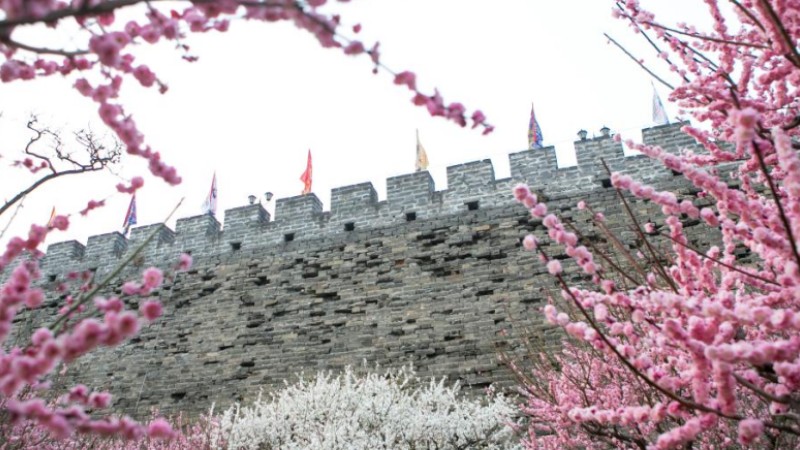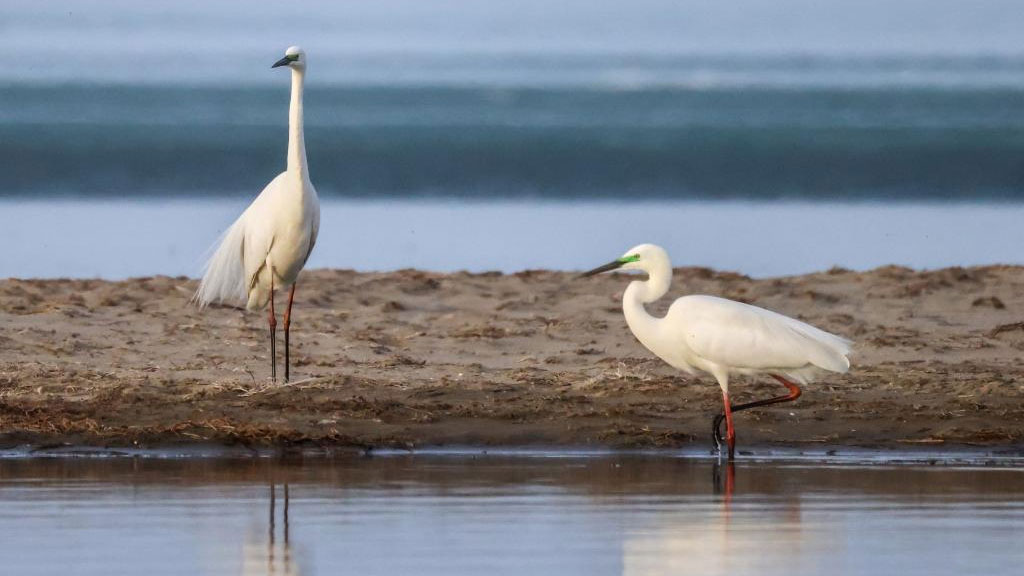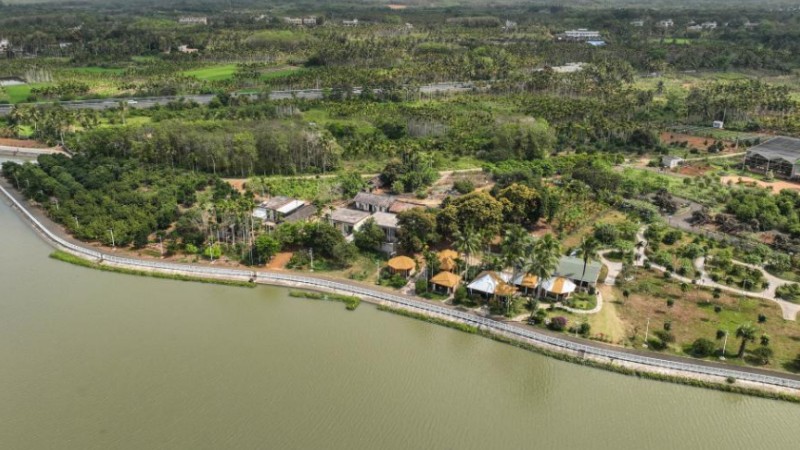Ancient DNA reveals Tibetan ancestry shaped by rich history: study
BEIJING, March 20 (Xinhua) -- Chinese paleoanthropologists have found that ancient humans living across the Qinghai-Tibet Plateau during the past over 5,000 years share a single origin, deriving from a northern East Asian population that admixed with a deeply-diverged unknown human population.
The history of modern human's permanent settlement on this plateau with its cold and arid environment, and the origins of many Tibetans' genetic adaptations to the high altitudes, are of interest to researchers.
Despite rich archaeological knowledge, DNA sampling from ancient humans had been previously limited to a thin slice of the southwestern highland in the Himalayas.
NORTHERN ANCESTRY
The team led by Fu Qiaomei from the Institute of Vertebrate Paleontology and Paleoanthropology (IVPP) under the Chinese Academy of Sciences sequenced the genomes of 89 ancient humans, dating back to about 5,100 to 100 years ago from 29 archaeological sites spanning this large plateau, which is the highest above sea level and one of the harshest environments to be settled by humans.
The researchers reported in the study, published in the latest edition of peer-reviewed journal Science Advances, the oldest human specimen carrying unique genetic components among Tibetan people, which was extracted at a ruin in the northeastern part of the plateau.
Approximately 80 percent of these genetic components are related to northern Chinese populations living 9,500 to 4,000 years ago, while the other 20 percent stemmed from an unknown ancient tribe, according to the study.
The findings suggested that the introduction of northern East Asian ancestry to the plateau took place along with the population expansion in northern China during the New Stone Age.
"This pattern is found in populations prior to the arrival of domesticated crops on the plateau," said Fu. Therefore, this early migration was not associated with the migration of wheat or barley agriculturalists which took place later, Fu added.
The study also revealed that this very genetic uniqueness displayed good continuity throughout history, and one example is the EPAS1 allele carried by many Tibetans. Allele is any of two or more variants of a gene that may occur at a given place in the chromosome and is responsible for alternative characteristics.
The allele, thought to have originated from an extinct cousin of modern humans known as Denisovans, was likely acquired when Tibetans adapted to lower oxygen levels at high elevation.
The frequencies of the EPAS1 allele increased over about the last 2,800 years on the Qinghai-Tibet Plateau, seeing an especially sharp growth over about the past 700 years, showing a picture of the selection of the fittest, according to the study.
But when and where this adaptive allele first entered the ancestral Tibetan population is still unknown. "The arrival of this variant must have occurred sometime prior to 5,100 years ago in an ancestral population that contributed to all plateau populations," said Fu.
MULTIPLE MIXTURES
Subsequent genetic shifts showed that human migrations and interactions within and between highland and lowland populations have influenced genetic mixing over time, allowing the ancestral population to diversify rapidly.
After a further comparison, Fu's team identified three distinct genetic patterns taking shape about 2,500 years ago. They belonged to different Tibetan populations who occupied the northeastern, southern/central, and southern/southwestern regions of the plateau.
The study showed that people living in the southern part of the plateau owned high genetic similarity starting from 3,000 years ago, suggesting that the Yarlung Zangbo Valley was a flourishing migration corridor at that time.
Northeastern populations younger than 4,700 years ago saw an influx of additional northern East Asian ancestry in lower elevation regions, according to the study.
Although present-day Tibetans have differing levels of gene flow compared with lowland East Asian populations, it is a result of very recent human migration, since the pattern is not observed across populations including those dating from 1,200 to 800 years ago, according to the study.
The study also found international influences on the local populations. Individuals living in the 5th and 12th centuries at Shigatse in the southern part of the plateau were found to be genetically related to ancient people in Central Asia.
Populations in the western part of the plateau showed "partial Central Asian ancestry as early as 2,300 years ago," said Wang Hongru, the paper's co-author and a professor at the Agricultural Genomics Institute in Shenzhen.
Also, ancient people in Qamdo and Nyingchi more than 2,000 years ago were genetically correlated to those living in the southern part of East Asia, according to the study.
"This is the largest study of ancient genetics on the plateau to date," said the paper's co-author Lu Hongliang from Sichuan University.
"With these findings, we have a much better understanding of an important part of human history in Asia," said Fu.
Photos
Related Stories
- Designed cookware facilitates Tibetans' daily life
- Scenery of Basum Lake after snow in Nyingchi, SW China's Tibet
- Tibetans celebrate spring plowing in Lhasa
- Power transmission project ensures stable electricity supply for Ngari
- Third China's Xizang Internet Photography & Video Festival unveils excellent photos
Copyright © 2023 People's Daily Online. All Rights Reserved.









